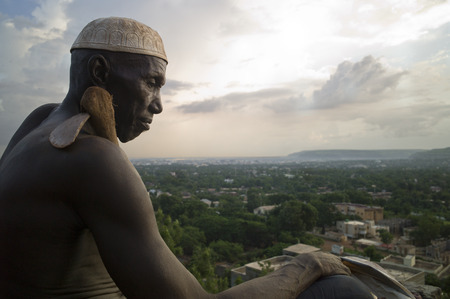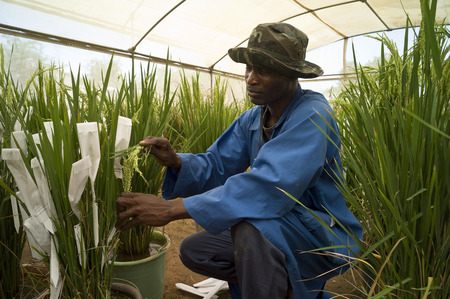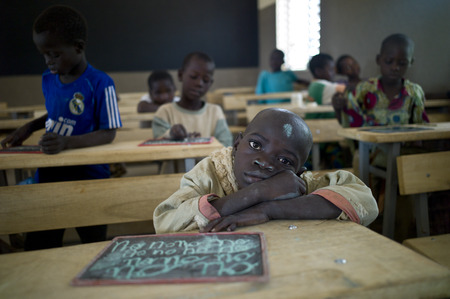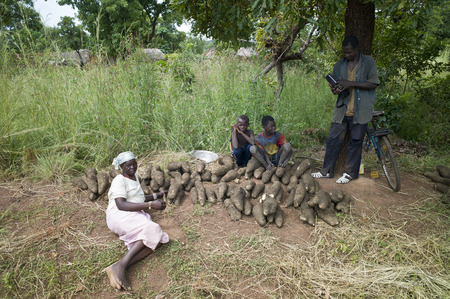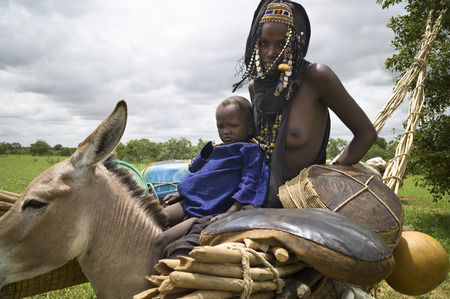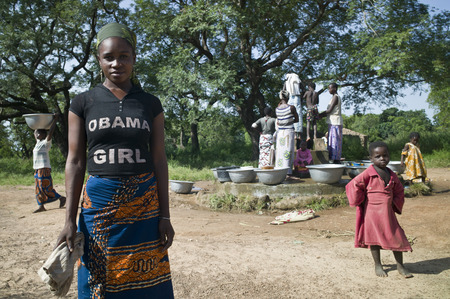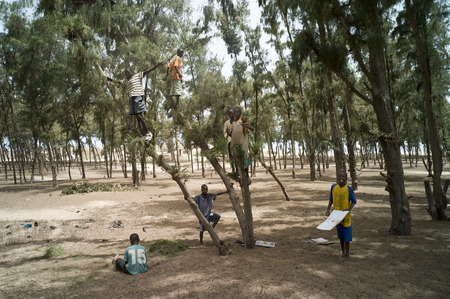What Does the Future Hold for Rural West Africa?
(Select an image to read the introduction. Below the introduction 'Reportage' will take you to the gallery.)
What Does the Future Hold for Rural West Africa? (Cross-reference)
I took off to Senegal in the spring of 2010, with, as always, my trusty bicycle in the hold. And for about 8 months I pedalled over 7,000 km from Dakar to Ouagadougou to Burkina Faso. This gallery contains the principal reportage, the images are from the series below.
Can Africa feed Africa? Yes!
The question calls for an emphatic response. You can read the huge poster on the wall of the AfricaRice Research Centre at NDyaye, north of St Louis, Sénégal.
Health and Education in Rural West Africa
Being a nurse by training, when I arrived in a village and had no address I often went to the municipal health clinic to ask for lodging.
Granaries
The first part of this story takes place in Michel’s courtyard in Villy, near Koudougou in Burkina Faso. On three consecutive mornings I photographed him and his family in the process of building a granary out of mud bricks in order to store the millet.
Manioc and Yams
Manioc is one of the most important basic food crops in Africa. It is a security food crop in vulnerable zones that are subject to drought, famine and food crises.
Water Rains Floods
It was during the rainy season, which is vital for the Sahel and the tropics, that I traveled through this region.
Accompaning the Fulani
Whether I was in Senegal, or Mali, or Burkina Faso, I ran into many Fulani along the road.On those occasions I frequently left the road or trail to follow them through the savanna.
American Spirit & Obamania
As I remember it from an earlier visit, most people, in the cities as well as the countryside, wore “traditional” clothes. This time I was equally amused and annoyed by the clothing codes I encountered.
The She-Oak Strip
Beginning in 1945 the coastal strip going from Dakar to St Louis was planted in she-oak (a tropical tree of the species Casuarina), mainly to stablize the soil but also to prevent sand erosion.
Minerals, Fertilizer, Gold
By chance one week-end I ended up at the door of an enterprise that is part of one of the biggest industries in the country (Les Industries Chimiques du Sénégal) : phosphate mining.
